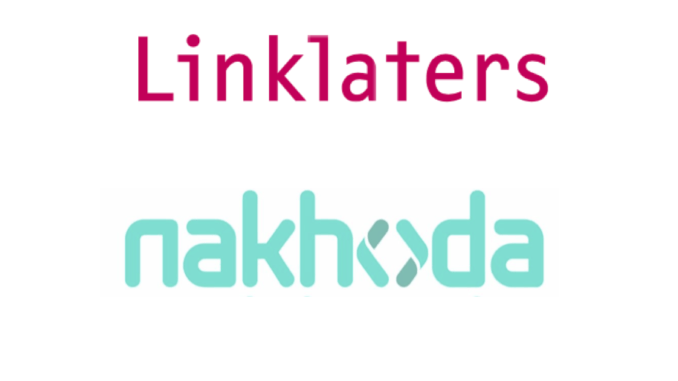
Global law firm Linklaters has partnered with the International Swaps and Derivatives Association, (ISDA) to build a platform that automates significant parts of derivatives documentation and also helps to negotiate initial margin (IM) issues. It is also designed to help improve regulatory compliance for derivatives contracts.
The technology that drives the tool is designed by Nakhoda, Linklaters’ flagship technology and AI platform. Its ‘intelligent design is based around converting linguistic legal data into an enabler for rapid and informed decision-making. It is guided by a sharp focus on fusing emerging technologies with deep legal expertise’ said the firm.
It will allow firms to automate the creation and delivery of IM documentation, and negotiate and execute IM documentation with multiple counterparties simultaneously. This can all be done online. The system also automatically reconciles provisions exchanged between parties and flags the differences in an efficient and easy-to-read way, said the firm.
The fundamental benefits of the platform are that it will:
- make the negotiation process more efficient and less time consuming from start to finish
- provide powerful commercial, risk management and resource management functions, data and analytics
- remove the need for any post-execution transfer of data from negotiated documentation into internal systems and the chance for error during such a data transfer
The platform is being built with the ability to evolve over time as market needs change, Linklaters added.
This is a significant step for a practice area that is well known for its complexity and the need for specialised lawyers who can navigate the world of financial derivatives. Much contract automation so far has focused on less complex matters, while the negotiation support is an interesting step that perhaps has applications in other areas of the law.
In turn, because this is a digital platform, data will be collected as time goes by and then that data can be used in relation to guiding future risk management and resource management. In short, this is a comprehensive effort to move a very complex, ‘manual’ legal task into the realm of digital production, supported by aspects of automation.
It’s also a great example of a law firm taking it upon itself to build a legal tech solution to a significant problem rather than buying – or waiting to buy – an ‘off the shelf’ solution.
Doug Donahue, Derivatives partner at Linklaters, said: ‘Working with ISDA on this global industry-wide initiative is a fantastic opportunity to bring technology to bear on difficult collateral management, legal and business issues faced by some of the world’s largest and most sophisticated institutions.’
‘Up until now, the industry has struggled with how to capture and update data in an efficient, consistent and high quality manner, even within in a single institution. But this tool will remove most, if not all, of those issues across the industry, allowing market participants to do more, do it better and at a lower cost,’ he added.
Katherine Tew Darras, General Counsel at ISDA, added: ‘The negotiation of IM documentation can be time consuming, and with a large number of entities potentially coming into scope of the margin rules in September 2020, this will create a significant compliance burden.’
Partha Mudgil, COO of Nakhoda at Linklaters, concluded: ‘This tool is an example of how we are using our legal knowledge alongside Nakhoda to identify opportunities for automation and to design a bespoke and transformative product that helps drive efficiencies and enable data-based insights for our clients.’
The tool is scheduled for rollout in early 2019, shortly after the publication by ISDA of its next generation IM collateral documentation. ISDA has also mandated Linklaters to act as its global counsel in connection with the industry consultation and drafting of its next generation IM collateral documentation.
Other ISDA documents in complementary areas may be added in the future as required by users, the firm added.